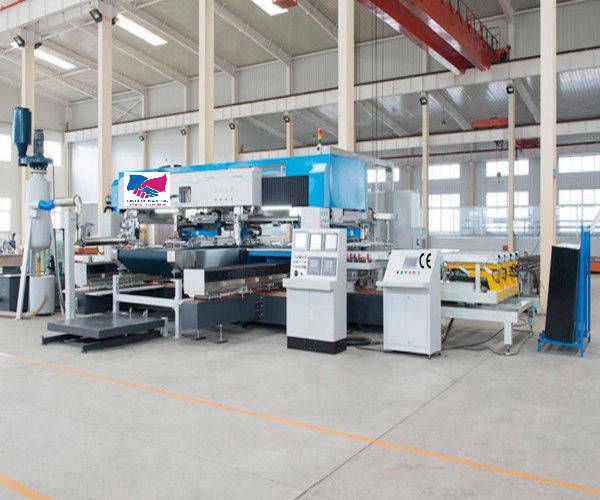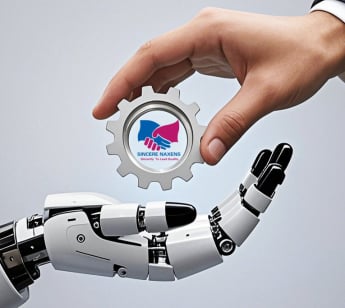
Automatic windshield Processing Line
Fully Automatic Glass Cutting, Breaking, Grinding and Drilling Production Line
The fully automatic glass cutting, breaking, grinding and drilling production line is mainly used for a series of processing procedures on glass, such as cutting, breaking, edge - grinding, and drilling.
Application
1.Automotive Glass Processing
It can achieve the fully automatic processing of automotive front windshields, rear windshields, side windows, and other glass parts. This meets the high - precision and high - volume production requirements of automotive manufacturing enterprises for glass.
2.Architectural Glass Processing
It is capable of completing the cutting, edge - grinding, and drilling of architectural door and window glass as well as curtain wall glass, producing various glass products in different specifications and shapes that meet the requirements of architectural designs.
3.Home Appliance Glass Processing
It can be used to process the glass doors of home appliances such as refrigerators, ovens, and microwave ovens, providing high - quality glass components for home appliance manufacturing enterprises.
4.Other Fields
In fields such as aerospace, medical devices, and optical instruments, it can also be used to process high - precision glass products. For example, cockpit glass in aerospace, observation window glass in medical devices, and lenses in optical instruments.
Advantages
1.Improve Production Efficiency
It can realize the whole - process automatic operation from glass loading, positioning, cutting, breaking, edge - grinding, drilling to unloading. This reduces manual operation links, greatly shortens the processing time, and improves production efficiency.
2.Ensure Product Quality
Equipped with a high - precision control system, it can accurately control procedures such as cutting, breaking, edge - grinding, and drilling. This ensures that the processed glass has accurate dimensions, standard shapes, smooth edges, and precise hole diameters. The product quality is stable and highly consistent.
3.Reduce Labor Intensity
With a high degree of automation, it significantly reduces repetitive labor such as manual handling and operation. This not only reduces the labor intensity of workers but also decreases the occurrence of work - related accidents caused by human errors.
4.Energy - saving and Environment - friendly
In the design process, emphasis is placed on energy - saving and environmental protection. Advanced technologies such as efficient energy utilization and the use of environmentally friendly materials are adopted, reducing energy consumption and environmental pollution, which is in line with the sustainable development concept of modern enterprises.
5.Cost - saving
Reducing the reliance on labor can lower labor costs in the long run. The efficient operation and stable performance of the equipment also help to reduce waste of raw materials, thus reducing production costs.
6.Easy Maintenance
The design takes into account the factors of easy maintenance and operation. The structure is relatively simple, and the parts have strong universality, reducing the long - term maintenance cost. At the same time, manufacturers usually provide comprehensive after - sales service and technical support to ensure the normal operation of the equipment.
7.Customized Services
Some production lines can be customized according to the specific needs of customers, such as processing size, shape, and function, meeting the personalized needs of different customers.
